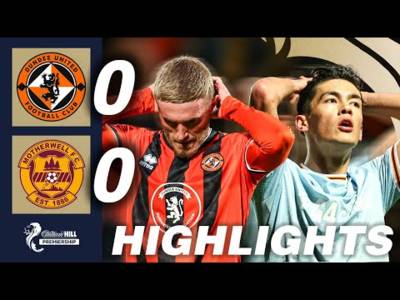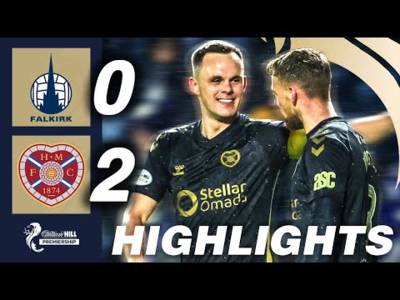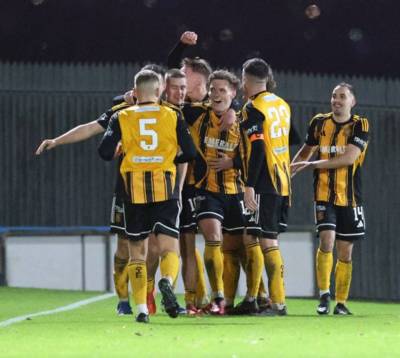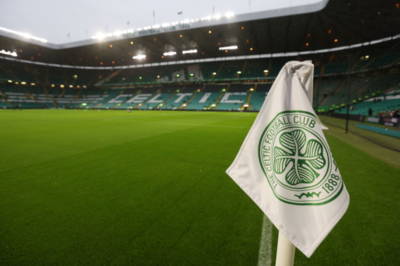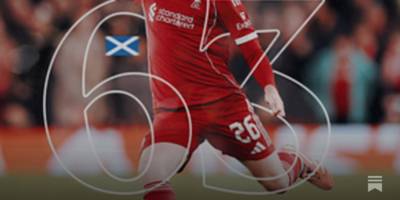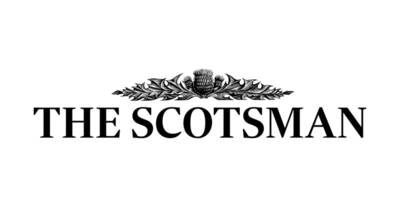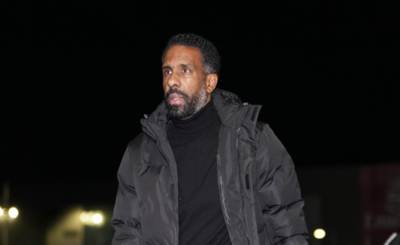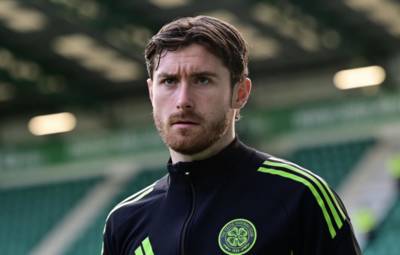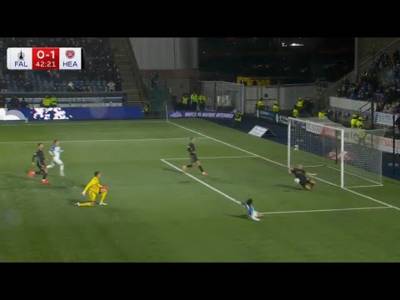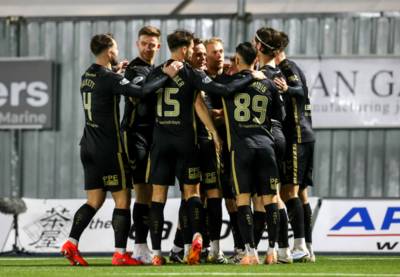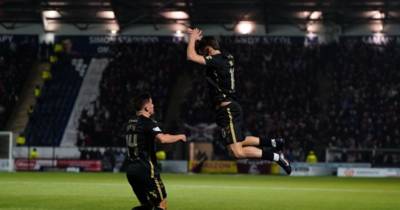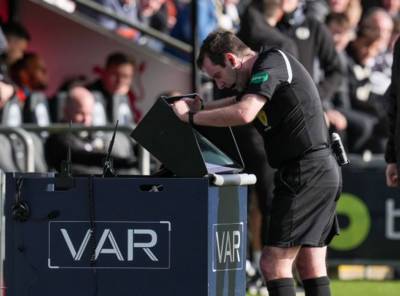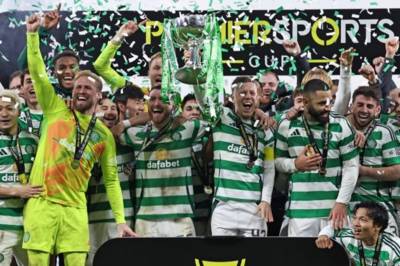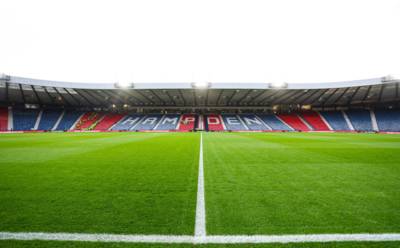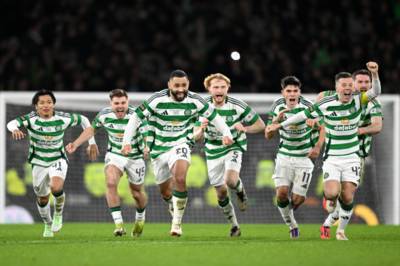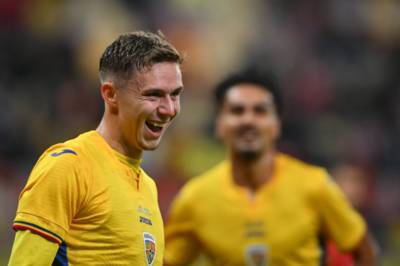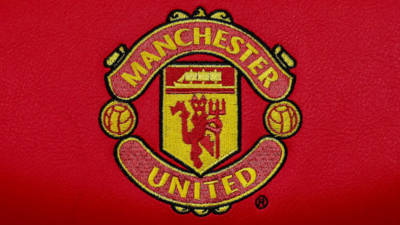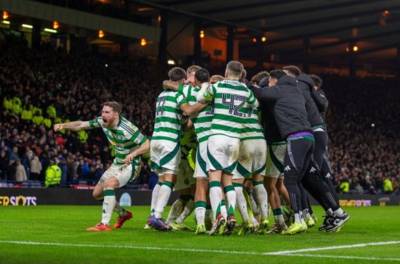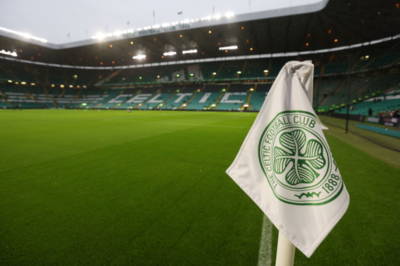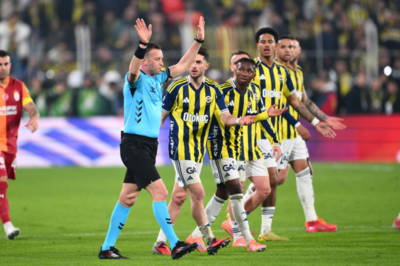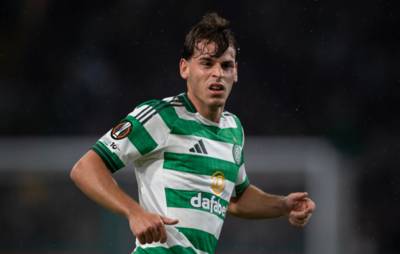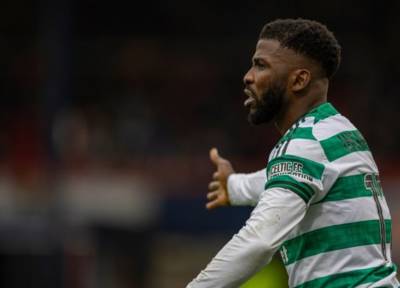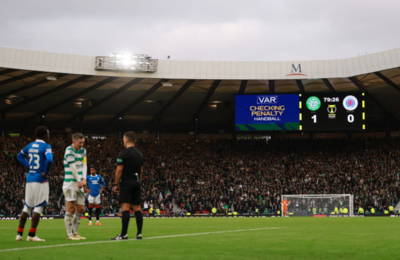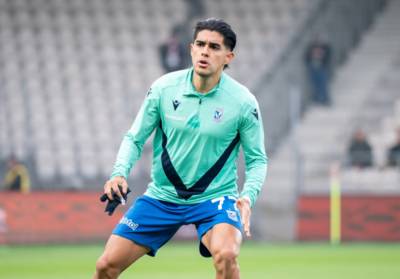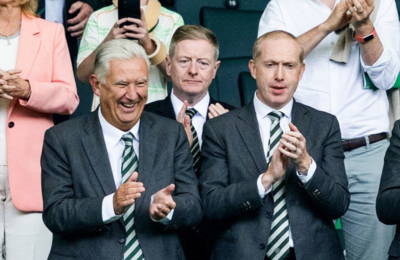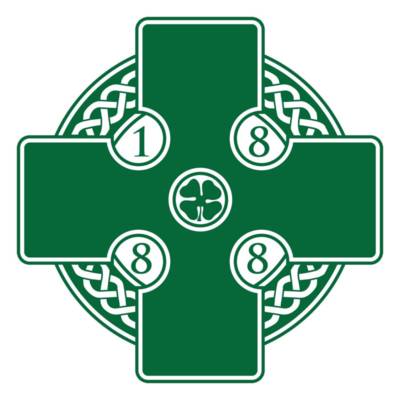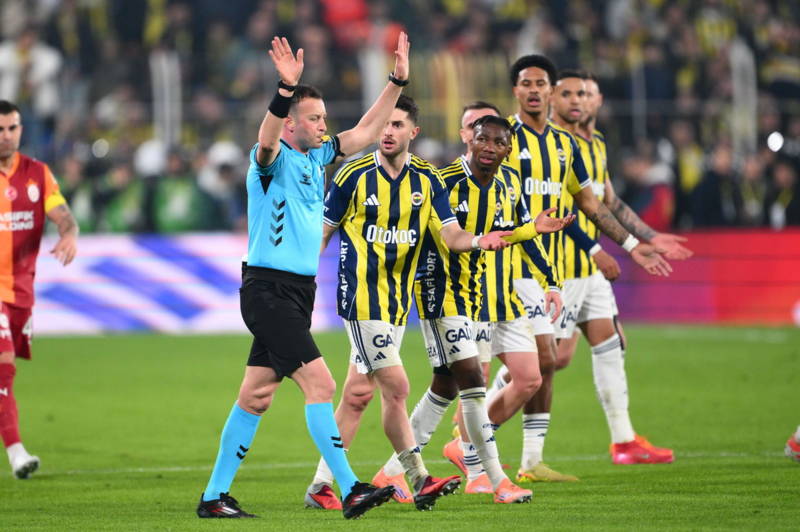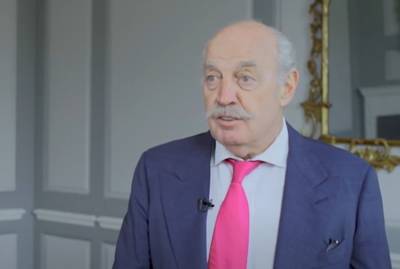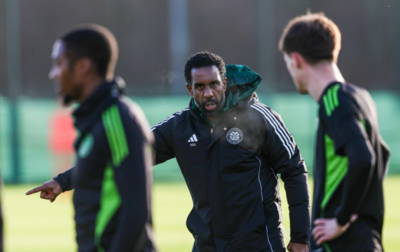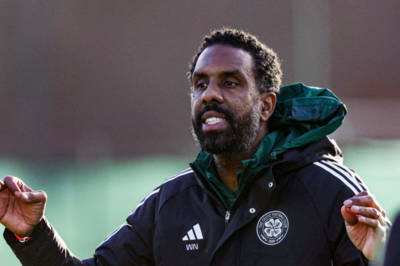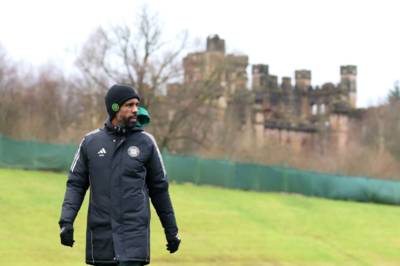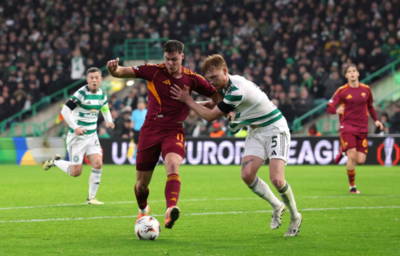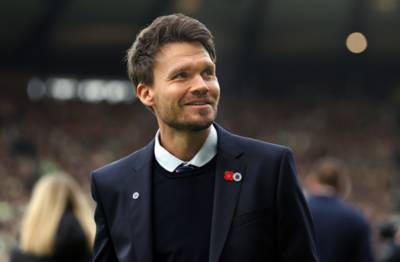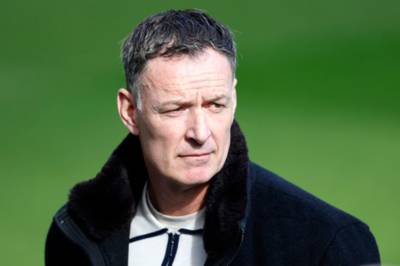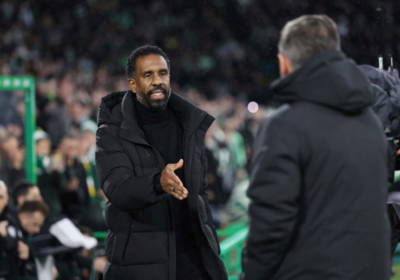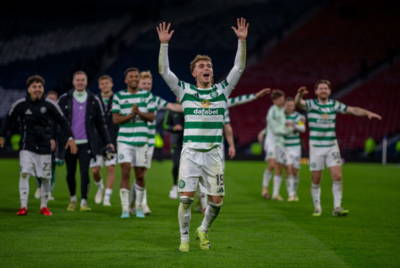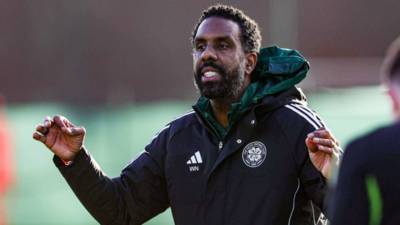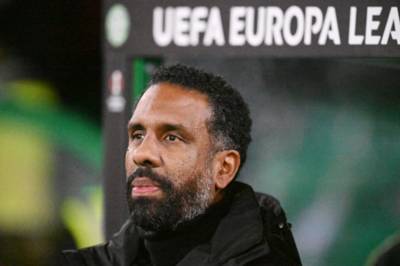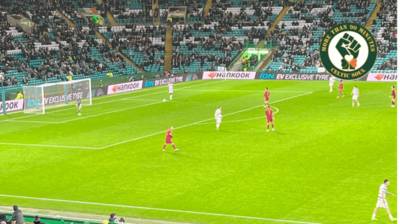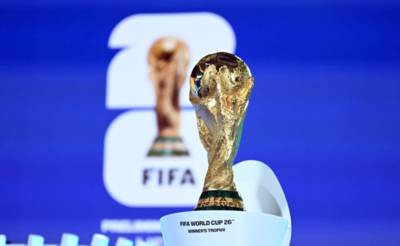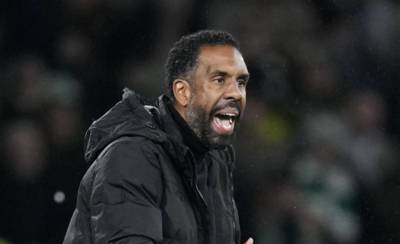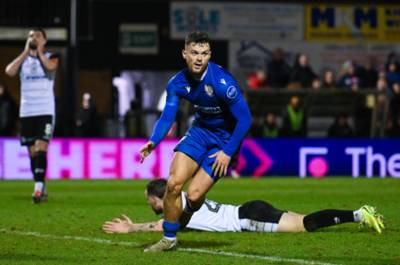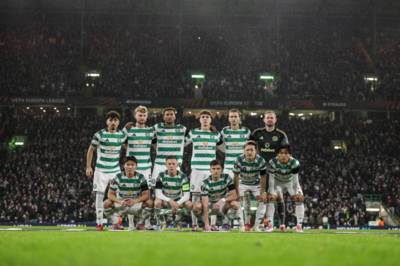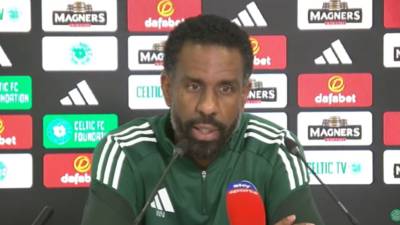Celtic and their huge support had endured a torrid time in the 1990s with their main rivals across the city sweeping all before them. There were mitigating circumstances to Celtic’s serial failure in that era, such as the need to rebuild the stadium in the light of the Taylor Report. The disasters at Hillsborough, Heysel and Bradford meant that the days of the big open terraces of British football stadiums were numbered. Rangers, having rebuilt Ibrox in the years after the disaster there in 1971, could concentrate their considerable financial muscle on building a team. Celtic, on the other hand, faced huge financial challenges to rebuild their stadium whilst simultaneously trying to put a team on the park which could compete with free spending Rangers. That being said, the club didn’t always spend what money they had wisely. In late 1999 Celtic paid £4.8m for Brazilian defender Rafael Scheidt. He was a complete mystery to the fans and in truth his purchase seemed to have been based on a highlights video put together by his agent and his rather murky record of Brazilian caps. He won three caps for Brazil, amid rumours that clubs paid for players to be capped in friendly matches so that they could sell them to European clubs at inflated prices. The unfortunately named player lived up to his name and barely played for the club. One teammate of the era said caustically of him, ‘the guy couldn’t trap a bag of cement.’ The promise of the Barnes-Dalglish era faded quickly after an encouraging start. As the cold January of 2000 started, Celtic were already slipping behind Rangers in the league. After the winter break, the team drew with Kilmarnock, lost to Hearts after being 2-0 up and then faced up to Inverness Caledonian Thistle in a Scottish cup tie at Celtic Park. For Celtic fans in the 34,000 crowd, it was obvious that the team was lacking in intensity as the game unfolded. The lower league side played well, sensing that their opponents were not at their best, and led 2-1 at half time. What occurred in the Celtic dressing room though sealed the fate of John Barnes as Manager. It has emerged since that Mark Viduka took exception to being criticised for his lacklustre performance in the first half by assistant manager Eric Black and had to be physically restrained from attacking him. Ian Wright, a sub that night, said ‘Mark Viduka refused to play in the second half. It’s a nightmare that one and one I’m not comfortable with. I remember at half time; everybody was getting a lot of stick. He came in at half time, took his boots off and said, ‘fuck this,’ and threw them down. We couldn’t believe it. He refused to play. It was the first time I’d ever seen that and I thought it was a disgrace.’ The game ended in a deserved win for the lower league side and John Barnes was subsequently fired. In more recent times, Barnes has raised the issue of race in his sacking; arguing that black managers are given less time. In truth, he had lost control of some of his players and the disharmony in the group was hampering the team. He was a very inexperienced manager for whom the Celtic job was perhaps too much, too soon. Players like Viduka needed to have a long hard look at their attitude too, but in football, the manager carries the can. Kenny Dalglish took over as interim manager and guided the side for the remainder of the season. In March of 2000 he led the side to a league cup final win over Aberdeen, but a 4-0 trouncing at Ibrox the following week reminded the fans of the gulf between Glasgow’s big two. Celtic would finish 21 points behind Rangers in the league and after the failure of the Barnes-Dalglish ‘dream team,’ the fans and the club knew that the next managerial appointment had to be right. There could be no rookie appointment. Celtic needed an experienced manager who knew the pressure and demands of a club like Celtic. Such managers were rare and often costly to hire. Whoever was to take over would inherit a club considerable turmoil. Mark Viduka was angling for a move and other players were restless. The return of Henrik Larsson from a long-term injury during the last game of the season was one ray of light, but the squad lacked real depth and quality. It was clear that a major rebuild was required if season 2000-2001 was to be any better. Celtic fans watched with interest as coaches like Gus Hiddink were linked with the job. In the end it was a phone call from former Rangers’ striker and then Manchester United manager, Alex Ferguson, which helped Celtic secure the manager who would lead the club into the new century. Ferguson, a friend of Celtic’s biggest shareholder, Dermot Desmond had been consulted by the Irish businessman about his recommendations for the vacant manager’s job at Celtic. Ferguson said, ‘listen, would you have any interest in managing Celtic? Would you take a call from Dermot Desmond in half an hour?’ For Martin O’Neill there could only be one answer. Those of you familiar with the north of Ireland will perhaps know the village of Kilrea. It sits close to the River Bann which marks the boundary between Counties Derry and Antrim and is a fairly quiet home to around 1700 people. It was not untouched by the troubles but the local population is robust, friendly and for the most part get along well. It can boast a few notable inhabitants such as Hannah Shields who was only the second Irish woman to scale Mount Everest. The local Gaelic athletic club, the ‘Padraig Pearse’s GAC’ have had mixed fortunes over the years. Their under 16 team won the inaugural Championship in 1966 and the team contained a skinny lad who was to be a major figure in modern Celtic history. Coming from a family of nine was perhaps the initial grounding in teamwork which taught him that the whole is often more than the sum of its parts. Having four brothers and four sisters might also have taught him the skills required to get on with a group of diverse people. I speak of course of Martin Hugh Michael O’Neil. As Martin O’Neill stood on the steps of Celtic Park in the bright June sunshine in the year 2000, the watching throng of Celtic fans could have been forgiven for thinking that the troubles of the 1990s might at last be receding into the past. Here was a manager at the peak of his powers and who had brought success to unfashionable Leicester City. The fans were euphoric but O’Neill would have known even on that first day that the weight of expectation had crushed the previous incumbent. He said to the watching supporters “It’s an absolute honour for me to be the manager here, an absolute honour,” Martin O’Neill said. “I will do everything I possibly can to bring some success to this club.” As the cheers echoed around him, O’Neill would have realised the scale of Celtic football club and the scale of the task required to turn the club around and give the fans the success they craved. He spoke some years later of that first day and said rather poignantly ‘I’ll never forget that evening when everything had all died down and the crowd had dispersed. I walked to the top of the Jock Stein stand just have a look at the empty stadium and thought wow, this is something really special. Obviously, the stadium had changed greatly since Jock Stein’s days and I remember the old truck coming in when they won the European cup. The stadium at Celtic Park is pretty special.’ O’Neill’s first task was to assemble a squad which could compete for the title again. The Rangers squad in 2000-01 contained players who brought experience, skill and considerable physicality onto the field. They had players such as Frank De Boer, Barry Ferguson, Michael Mols, Lorenzo Amoruso, Jorge Albertz and Andre Kanchelskis. To this they added the likes of Peter Lovenkrands, Ronald De Boer, Fernando Ricksen and Tore Andre Flo. O’Neill joked years later that had he known the quality in the Rangers squad, he might not have taken the Celtic job. As the summer of 2000 unfolded, he began the reconstruction of the Celtic squad which was sorely needed. Viduka was sold to Leeds United, Vidar Riseth, Regi Blinker and Rafael Scheidt were also moved on. The unfortunate Marc Rieper was forced to retire due to a toe injury. Chris Sutton was signed from Chelsea with the funds raised by selling Viduka. Soon to join him were Joos Valgaeren, Alan Thompson, Didier Agathe and Rab Douglas. As the season progressed, Neill Lennon and Ramon Vega also arrived at Celtic Park. Celtic’s squad now looked more robust and the dressing room contained the sort of strong characters who would not shirk a fight on or off the field. The Celtic board had backed the manager and O’Neill was now tasked with blending these undoubtedly talented players into a winning team. Competitive football began for Martin O’Neill’s Celtic at Tannadice stadium in Dundee on a sunny July day. Dundee United, remembering their roots by wearing a green shirt in their centenary year, gave Celtic a stern test, but goals from Sutton and Larsson saw Celtic emerge with the points. There was a determination about the side and none of the mental sluggishness which marked the closing months of the previous season. Motherwell, Kilmarnock and Hearts were swept aside as Celtic approached what many considered to be the acid test; the first derby of the season with Rangers. Some games live long in the memory, be it because of a wonderful goal, a fine team performance of the atmosphere it engendered. The Celtic v Rangers game played at Celtic Park on the 27th August 2000 had all of that but in retrospect it marked a turning point in Scottish football. Rangers had won 11 of the previous 12 titles and had defeated Celtic 4-0 in the previous fixture just three months before. They rolled up to Celtic Park on the back of four straight league wins and fully expected to dampen the enthusiasm felt by Celtic supporters and their emerging team. For Celtic, Chris Sutton summed it up by suggesting that if Celtic wanted to be successful, they had to ‘put Rangers in their place.’ That game lives in Celtic folklore as Celtic smashed Advocaat’s expensive side by 6 goals to 2. Celtic announced that they were back and that the new century would see a new Celtic.For many, the next few years convinced them that Martin O’Neill’s Celtic were indeed the most effective side the club has fielded since the Lisbon Lions era. There have been Celtic sides since which played prettier football or won more honours; but O’Neill’s side faced a peak Rangers, spending tens of millions on players, and put them in their place. They restored Celtic’s reputation in Europe and built their success on sound financial planning. Rangers would respond by buying players they couldn’t afford and luring them to Scotland by promising them tax free remuneration. The EBT scheme was designed to make payments to players, managers, and directors in a way that avoided paying income tax and national insurance contributions. HMRC challenged this arrangement, arguing that the payments were disguised remuneration and should be taxable. The Supreme Court ultimately sided with HMRC, ruling that the payments made under the EBTs were indeed taxable earnings. This episode eventually brought the whole house of cards tumbling down at Ibrox.Celtic’s success in the 20 years since the O’Neill era has seen them become the most successful Scottish club of all time. Fans today recognise the debt owed to O’Neill’s side in re-establishing Celtic as Scotland’s premier club. They set out to put their great rivals in their place and by God they did just that.
Putting them in their place
Don't Let it Be Forgot · May 30
Putting them in their place

Putting them in their place
Read Next: Returning to the past could allow Celtic to build for the future


